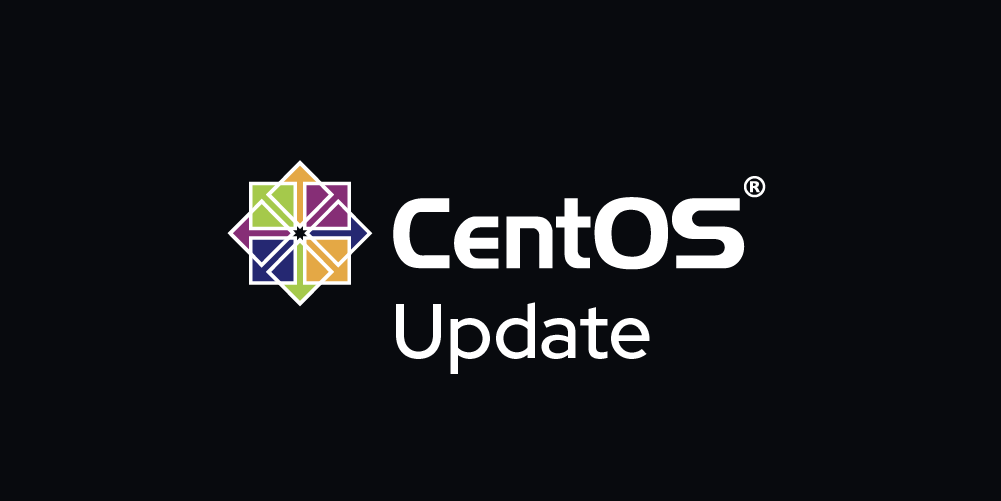

A guide for using CentOS Project code
source link: https://developers.redhat.com/blog/2021/02/03/a-guide-for-using-centos-project-code/
Go to the source link to view the article. You can view the picture content, updated content and better typesetting reading experience. If the link is broken, please click the button below to view the snapshot at that time.
A guide for using CentOS Project code

Many people have approached us asking about how we will publish the CentOS sources and if we are making changes because of the announcements on 8 December 2020 that we are focusing on CentOS Stream. In short, we are not making any changes to this process.
The CentOS sources will still be published to git.centos.org in repositories that contain dist-git style sources. If you are looking for public access to the code, this will be the place to go.
If you’re considering using this code in your own project – especially if that project has the goal of producing a Linux distribution – we’ve put together some guidance to help you comply with the Red Hat services agreements and trademark guidelines. This guidance is not exhaustive.
In the spirit of community collaboration, we offer a list of do’s and don’ts below.
- Get your source code from upstream or git.centos.org and follow the Red Hat trademark guidelines.
- Clearly describe your distribution as something you made, not Red Hat. You may wish to say you started with source from a specific location, such as “modified and built from source code taken from git.centos.org.”
- Prominently include the following disclaimer when publishing or promoting your distribution: “Red Hat and CentOS are trademarks or registered trademarks of Red Hat, Inc. or its subsidiaries in the United States and other countries. We are not affiliated with, endorsed by or sponsored by Red Hat or the CentOS Project.”
- Comply with the GPL and all the other open source licenses applicable to your build.
- If you have an agreement with Red Hat, such as being a member of the Red Hat Developer program or working for a Red Hat customer or partner, review the terms of the agreement so you know your obligations (https://www.redhat.com/en/about/agreements and individual developer program, respectively).
Don’t
- Use Red Hat Subscription Services to create or support your project.
- Use any Red Hat trademarks, including the Red Hat logo, in the project, your distribution, or in your promotion and marketing of the project, other than as permitted under Red Hat’s trademark guidelines.
Recommend
About Joyk
Aggregate valuable and interesting links.
Joyk means Joy of geeK